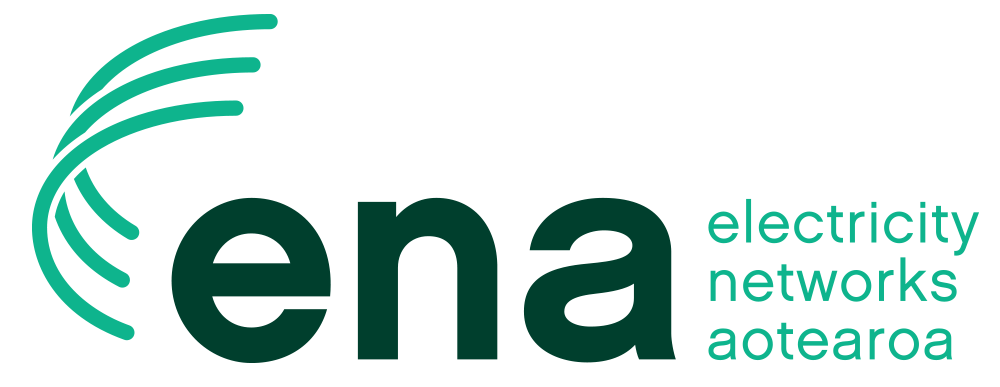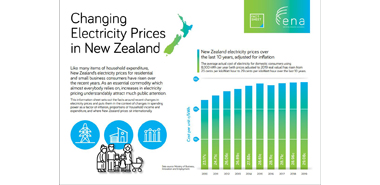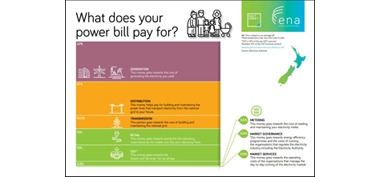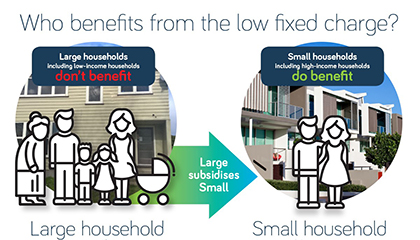Lines pricing information
On this page you will find ENA's updated pricing guidelines for electricity distributors and information on how costs of local lines networks are charged.
Updated pricing guidelines for electricity distributors
The ENA published its updated pricing guidelines for electricity distributors in September 2022.
It provides practical guidance for pricing practitioners within EDBs and aims to promote the use of common language and pricing structures.
The detailed guide is accompanied by four factsheets which provide insight for stakeholders on the main considerations that go into the development of distribution prices by EDBs.
Download the pricing guidelines and factsheets below.
How are the costs of your local lines network charged?
Your local lines company, or electricity distribution network, takes the electricity transmitted over the national grid and distributes it to your house or business.
Together, New Zealand’s 27 lines companies maintain around 150,000 km of lines throughout New Zealand. These companies are different to the retailer you have most communication with. Which lines company you are with depends on where you live - unlike when choosing a retailer, you don't have a choice of which lines company looks after delivering electricity to your home. Some lines companies are privately owned - many more are owned by your local council, community or consumer trust.
Most lines networks pass on their charges to electricity retailers and these are included as a component of the total electricity bill you get from your retailer.
The way lines charges are calculated will be changing over the next few years – the information below will help explain why.
Electricity bills can be difficult to understand - the video below helps break down the components of your bill.
As technology changes, the traditional way your contribution to the costs of operating and maintaining your local electricity network is calculated needs to change to make it fairer for all consumers. The video below helps to explain why this change is needed.
Download these reference guides below.
Pricing guidelines for electricity distributors 2022
ENA's pricing guidelines for electricity distributors is a handbook for pricing practitioners and was last updated in September 2022. It supports the standardisation of definitions, formats and structures used in electricity delivery pricing.
DownloadResidential consumer pricing factsheet
This factsheet explains how consumer pricing is applied for residential connections defined as a supply to a consumer connection primarily used as a private dwelling or intended for occupation principally as a place of residence.
DownloadGeneral consumer pricing factsheet
The General Consumer group comprises consumers who are not residential or large commercial. This factsheet explains how pricing structures and consumption data are applied to this group.
DownloadTime of use pricing factsheet
The time of use (ToU) pricing method refers to prices that vary based on the time of consumption (or use). This factsheet explains how ToU pricing plans work.
DownloadPassing through transmission charges factsheet
Distributors pass through Transpower's charges to electricity customers through their delivery charges. This factsheet explains the four cost components within transmission charges and the key principles underpinning the pass-through of these costs.
DownloadFact sheet - Changes in electricity pricing
Look at how electricity pricing has changed over the last 10 years.
DownloadThe components of your power bill
Find out about the various components that make up your final retail electricity bill.
Download




